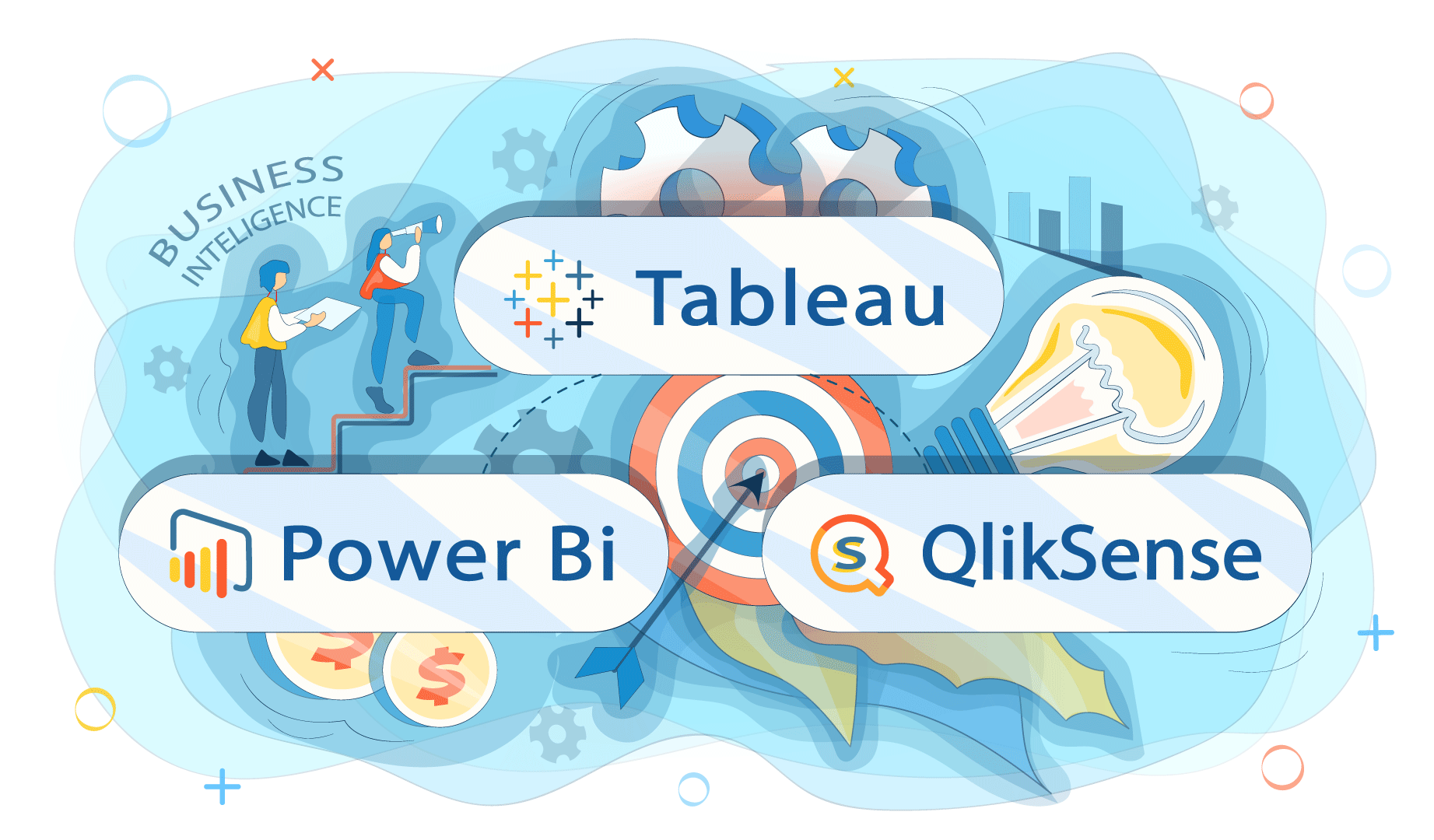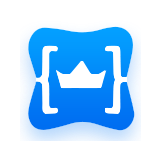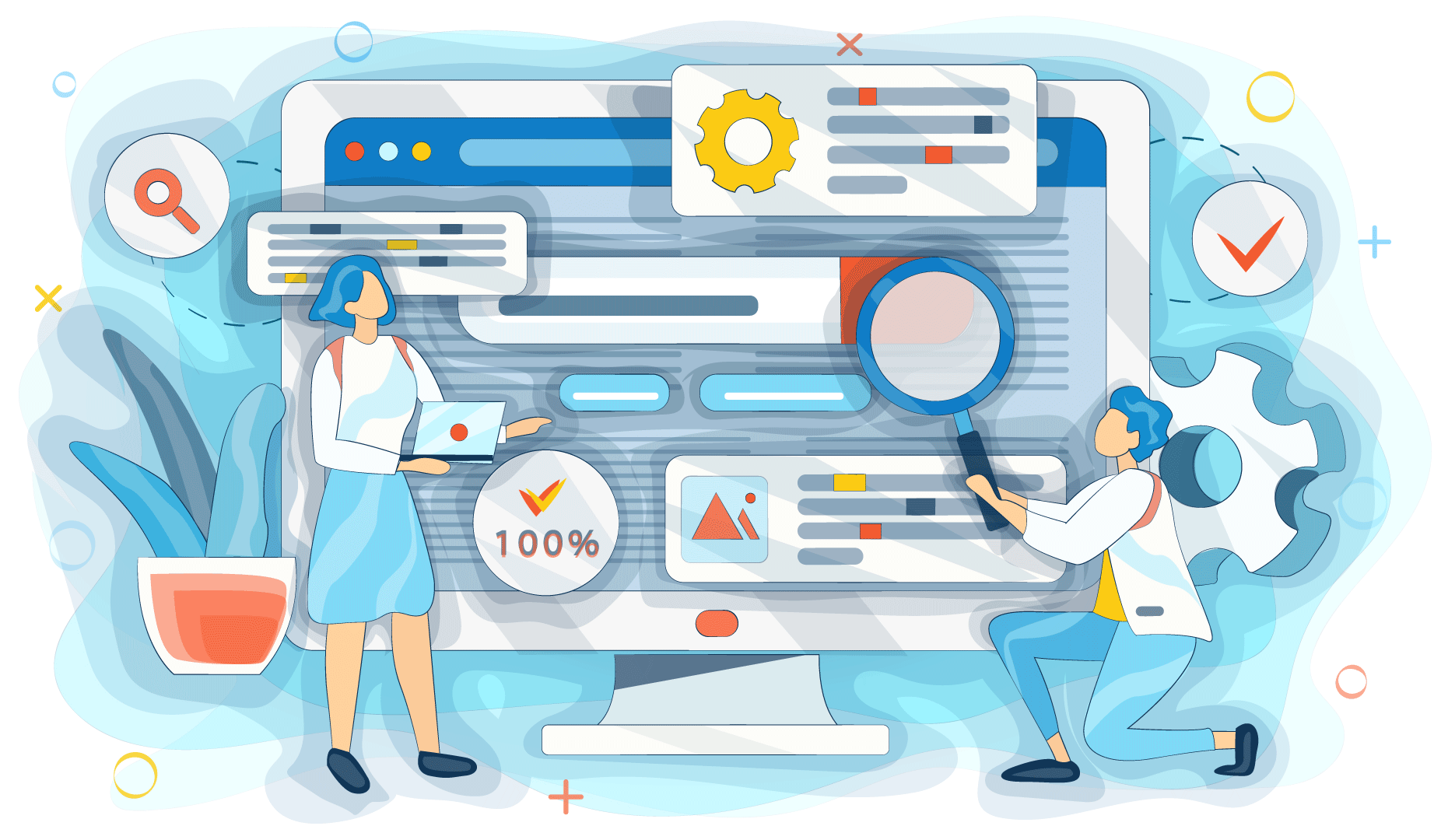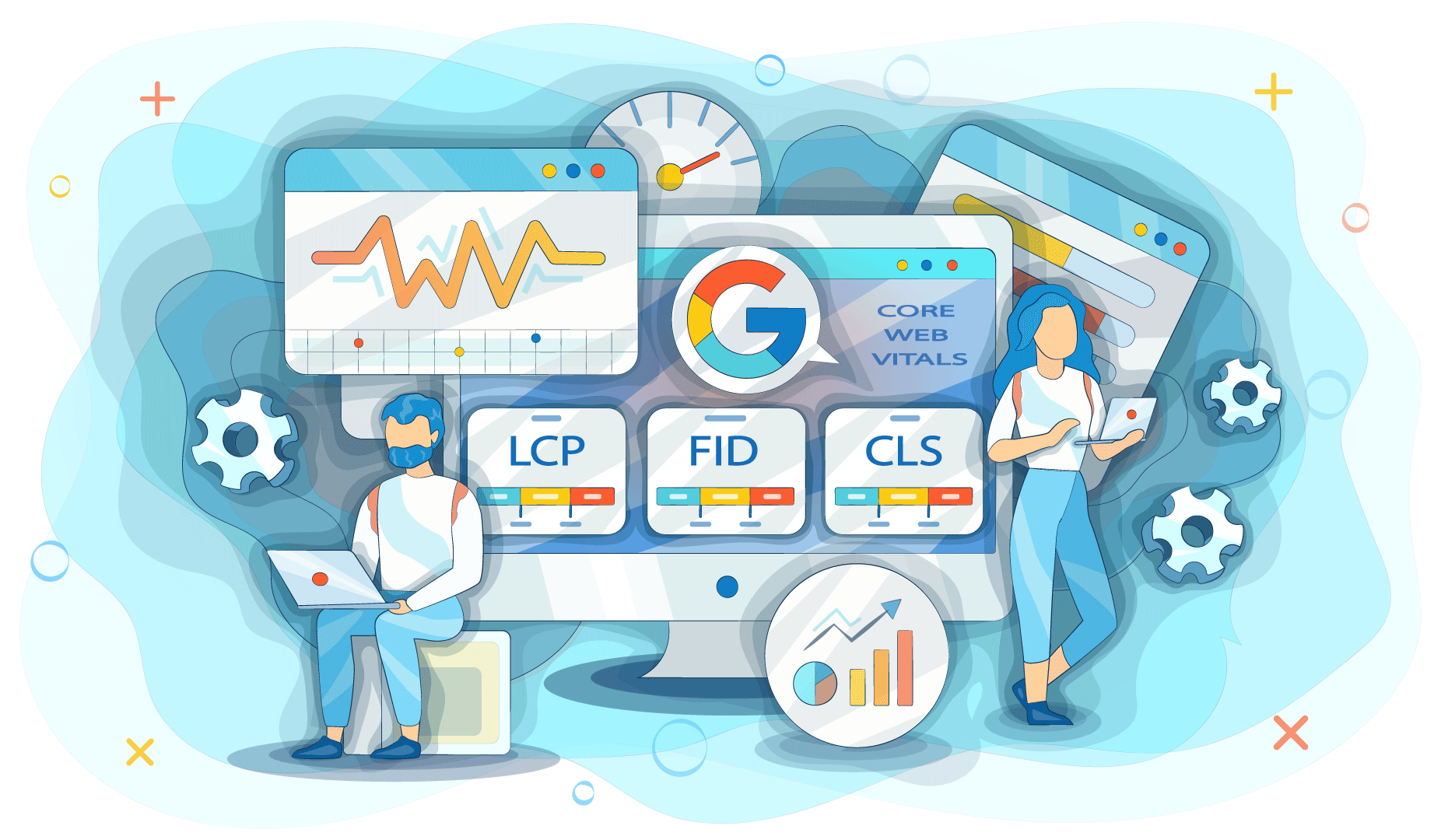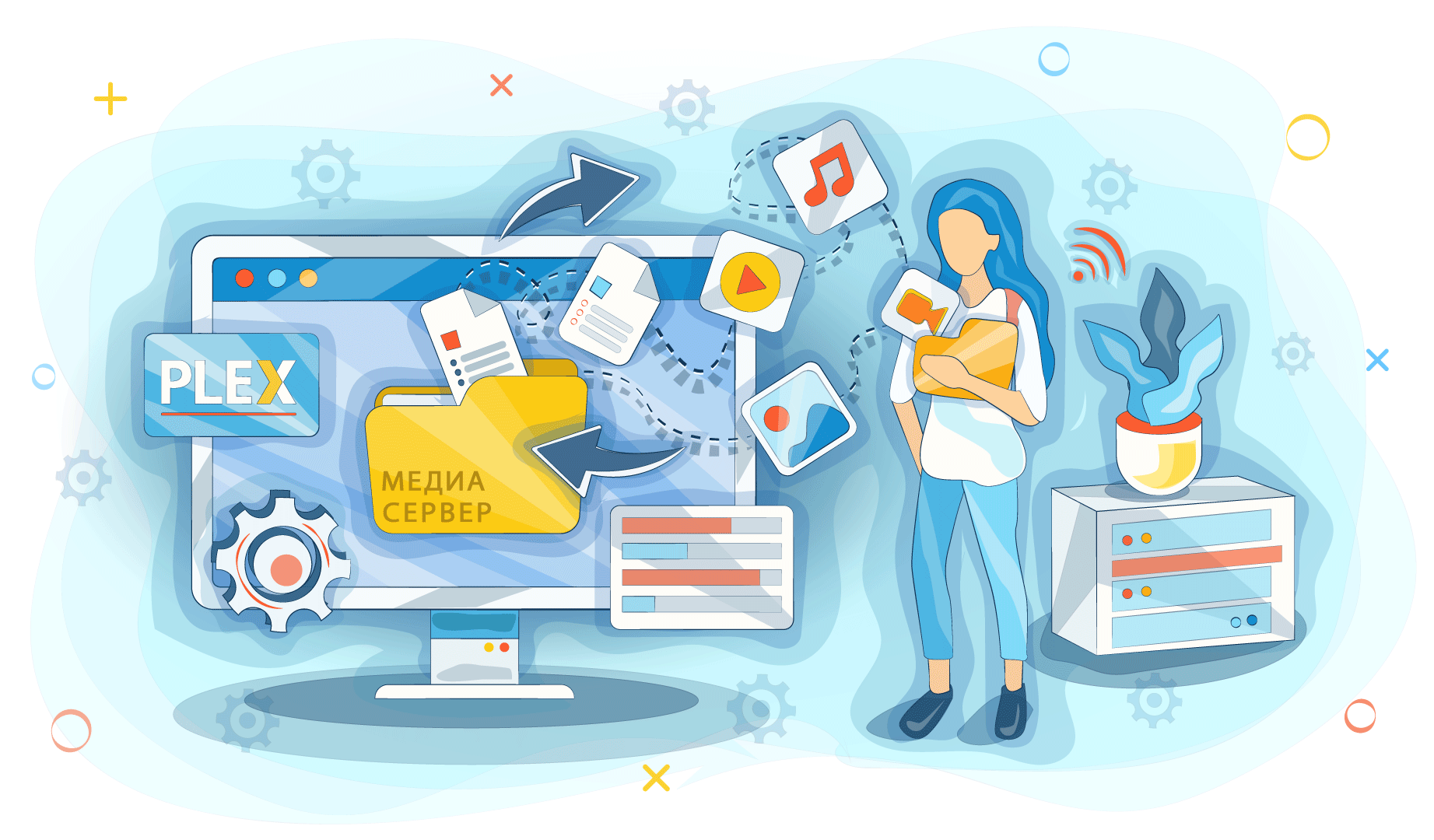The concept of business intelligence is now unfamiliar only to people who are detached from business maximally. BI is a generalized name for methods for identifying connections between data and converting it into a structured and readable form. In other words, we are talking about business analytics. We will not talk about how the correct analysis affects the efficiency and optimization of processes. Let's better discuss what is used by business analysts for data analysis - BI systems.
Personal analytical systems are not cheap. Only large corporations can afford them. In addition to the costs of developing and implementing a software product, you also need to hire an employee to support it. So, you'll have to spend a lot of money.
But for small and medium-sized businesses, there are also good options. We are talking about ready-made business analysis systems. Yes, you also need to spend on the purchase of a license, but the costs will still be several times lower. The effectiveness of analytics will be no worse. Even in large and world-famous holdings, employees use ready-made BI solutions. Such systems are used in Walmart, Starbucks, Coca-Cola - there is no need to talk about the positions of these companies at the global level.
Many business intelligence software products from different vendors are presented on the market. The algorithm of their work is the same, but the functionality is different. Therefore, today we will talk about the top and most popular solutions. But first, let's consider how they work as a whole.
Business intelligence concept and architecture
The main task of BI systems is to process large amounts of data and show it in a readable format to the user, giving him the opportunity to view analytics in a particular section.
The algorithm for working with data includes:
- unloading;
- loading into the vault;
- processing;
- visualization.
At the program level, everything is a little bit more complicated, but not as much as it seems. BI solutions include 4 components:
- ETL tools. Those are used to upload data from different sources and systems.
- DWH storage. Designed to collect and store all the uploaded data.
- OLAP. Direct data processing structured into multidimensional cubes.
- Client application. Required for user interaction with the system and subsequent visualization.
Simply put, we take data sources for hundreds of thousands or millions of lines, load them into the system, wait for the end of processing, and get ready-made analytics. The result of the analysis must be presented in a clear format, so the final stage is visualization. Charts, graphs, interactive maps - you can build all these elements in business intelligence systems.
3 efficient systems for business analytics
As we have mentioned, there are many BI platforms. All of them have advantages and disadvantages, like any software product. But there are several systems whose merits outweigh the negative aspects in times. These are the solutions that the largest corporations in the world are not afraid to use. Among ordinary users, they are also popular.
Tableau, Power BI and Qlik Sense are included in the top three. All of them provide fast data processing, so the use of any of these products guarantees the efficiency of the process. They are also convenient from the point of view of user work. They include drag-and-drop unction, data sorting tools, and the ability to add interactive elements. The result will be an understandable, readable, and just beautiful dashboard. Let's consider each of them in more detail.
Tableau
Tableau Software's data analysis and visualization platform is one of the world leaders in the industry. It supports more than 30 types of data sources and can work with files, cloud systems, and databases.
In total, there are 7 Tableau products for data analytics and visualization:
- Tableau Desktop - desktop application;
- Tableau Mobile - mobile version;
- Tableau Public - a data collaboration product, ready-made visualizations are stored in the public domain in the cloud;
- Tableau Server - a service for publishing dashboards created in a desktop application;
- Tableau Online - a product for the complete development in the cloud;
- Tableau Reader - a service for viewing finished dashboards;
- Tableau Prep - an application for uploading and preparing data for further analytics.
The cost varies from $12 to $70 per month, depending on the product selected. Some of them are free, for example, Tableau Public. But any of the software products can be tested without payment as part of the trial version.
The key advantage of the product is the simplicity of the interface. Almost any user can figure out how to work with the program. Of course, to do this, you need to have at least basic skills in working with Excel or Google Sheet tables and at least some understanding of what data analysis is. If the company has an analyst already and you want to implement Tableau, there will be no problems.
There are paid training courses, but the suppliers offer a rather wide knowledge base. The only nuance is that one should know English because articles have not yet been translated into Russian. In addition, it is one of the most popular platforms, which has more than 70 thousand users. There is also a rather large community, so you can cope with any problems with the help of forums.
If you do not want to spend time searching independently, you can contact technical support. Supplier offers 3 levels of support. Standard support is included in the license price. Besides, there are also extended and premium support. You can get technical support for each product.
Power BI
Power BI is one of Microsoft's products. And this indicates its key feature - a close connection with other software of the company. This is an important factor because a lot of people use Microsoft programs.
Membership in the corporation provides other advantages. The client application interface is quite standard. Due to this, learning it is no more difficult than regular Excel from the same Microsoft. The popularity of the platform is impressive; the user community is large, there are thematic forums and blogs.
Power BI usually refers to a desktop application. You can use it at a Pro rate: the price is $9.99 per individual user per month. There is also a Premium option for big business. It costs much more: $4995 per month, but users get a full dedicated cloud environment. This is an excellent option for organizing remote work in large companies. Before buying a license, you can use the solution for free, as a demo is also available.
Additional software products include:
- Power BI Mobile - mobile version;
- Power BI Embedded - service edition in Azure for developers;
- Power BI Report Server - an integrated report server.
Users can also get online support via contacting support service and find ways to solve the problem in a large knowledge base.
Qlik Sense
Developers position the Qlik Sense platform as a multi-cloud powerful service for business analytics. The first generation of the QlikView product was also ranked first in the ranking of BI systems. Qlik Sense provides the necessary functions for analyzing and visualizing data and allows you to simplify data research. It is suitable for both data analytics experts and for those who are just studying this area. It's possible mainly due to the understandable user application interface.
The business analytics product is just one, unlike the previous options, but there are different rates. The tariff grid includes the following:
- Qlik Sense Business Cloud - analytics for groups and teams; it costs $30 per month;
- Qlik Sense Enterprise SaaS Cloud - for scaling and expanding analytics between departments and organizations; it costs $70 per month.
When choosing any tariff plan, you need to pay for a whole year in advance. Similar to previous platforms, users have the opportunity to try Qlik Sense features for free.
A support service also works, so you can ask any questions online. If facing any problems using the service, you can find answers in the documentation posted on the official website.




















